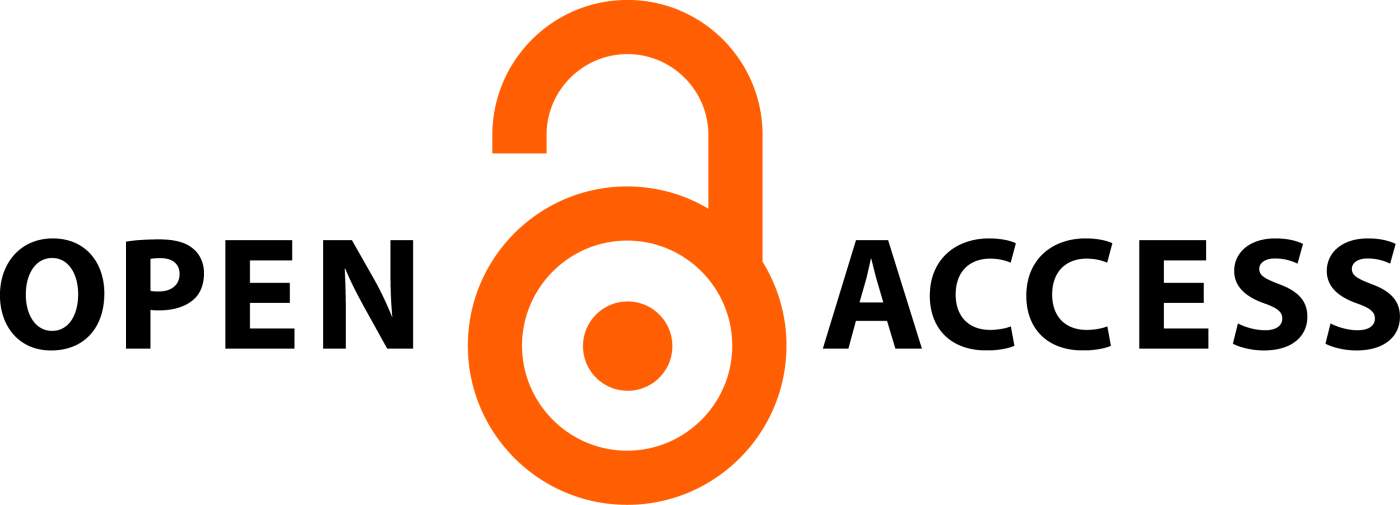DESIGN, DEVELOPMENT OF CARVEDILOL FLOATING PULSATILE DRUG DELIVERY SYSTEM
Abstract
Objective: The current study's objective is to develop and evaluate Floating Pulsatile delivery systems (FDT) for Carvedilol. Carvedilol, Non selective α, β- receptor blocking agent. It is indicated for the treatment of moderate heart failure, Hypertension.
Methods: The rapid release core tablets were formulated using various concentrations of superdisintegrants such as croscaramellose sodium, crospovidone. The optimized pulsatile release tablets were prepared by using different grades of HPMC) at different concentrations Dry coated tablets were prepared by using combination of Pulsatile layer and rapid release layer. 32 randomised full factorial design was applied to optimise the buoyant layer composition the amount of HPMC K100M (X1), Sodium bicarbonate (X2) chosen as Independent variables. Floating lag time (Y1), Total Floating time (Y2) were chosen as Dependent Variables. Nine formulations were designed and are evaluated for pharmaceutical product performance.
Results: Findings indicate that all formulations meet the acceptance criteria, and kinetic modelling was applied to the in-vitro dissolution profiles.
Conclusion: The best formulation (F6) contained 80 mg of HPMC K100M and 25 mg of Sodium bicarbonate showed promising results for obtain desired floating parameters (Floating lag time 4.4 mins; Total floating time 14.3 hours) and may produce patient compliance by means of reducing dosing frequency and provide chronotherapy for effective management of morning surge of hypertension.
Downloads
All the articles published in JAPSR are distributed under a creative commons license (CC BY-NC-SA 4.0)
Under this license, you are free to:
- Share- copy and redistribute the material in any medium or format for any purpose, even commercially.
- Adapt- remix, transform, and build upon the material for any purpose, even commercially.
The licensor cannot revoke these freedoms as long as you follow the license terms.
- Attribution — You must give appropriate credit , provide a link to the license, and indicate if changes were made . You may do so in any reasonable manner, but not in any way that suggests the licensor endorses you or your use.
- NonCommercial — You may not use the material for commercial purposes .
- ShareAlike — If you remix, transform, or build upon the material, you must distribute your contributions under the same license as the original.
- No additional restrictions — You may not apply legal terms or technological measures that legally restrict others from doing anything the license permits.
Copyright policy
The journal allows the author(s) to hold the copyright of their work. That means the authors do not need to transfer the copyright of their work to the journal. However, the authors grant JAPSR a license to publish the article and identify itself as the original publisher.
Licensing policy
The journal allows the author(s) to hold the copyright of their work. That means the authors do not need to transfer the copyright of their work to the journal. However, the authors grant JAPSR a license to publish the article and identify itself as the original publisher.






